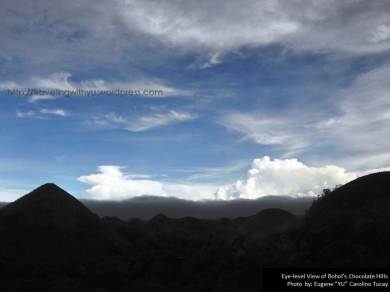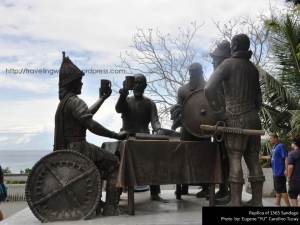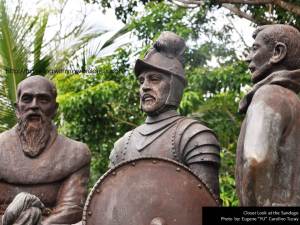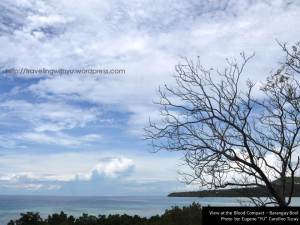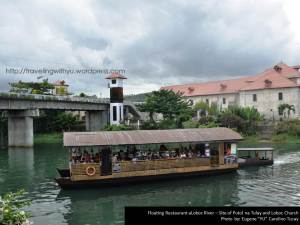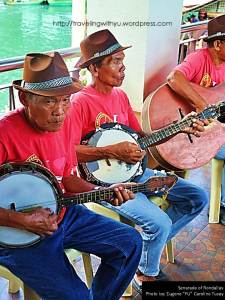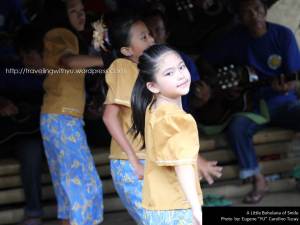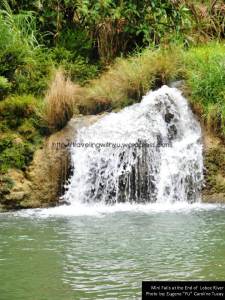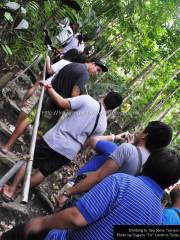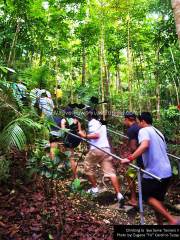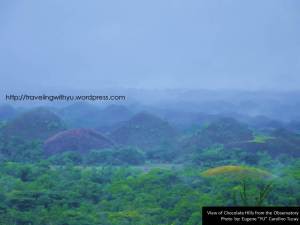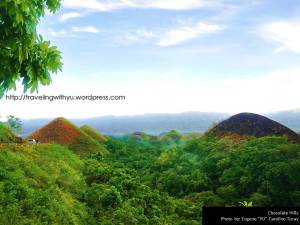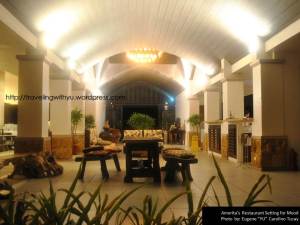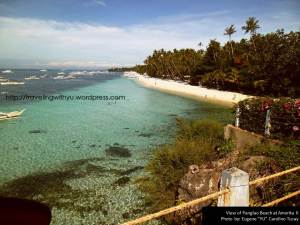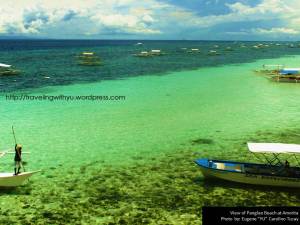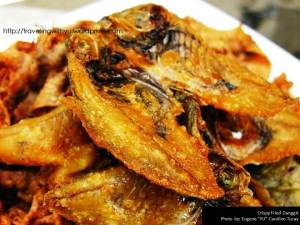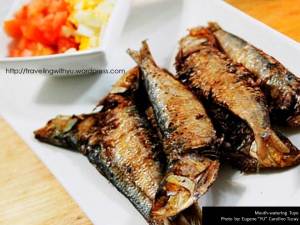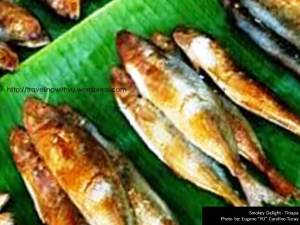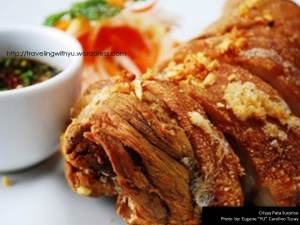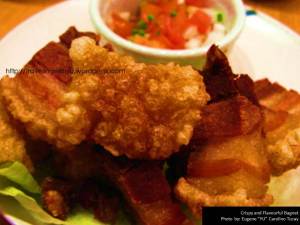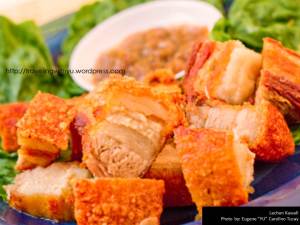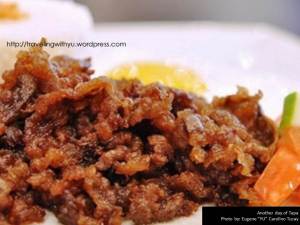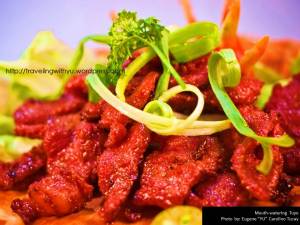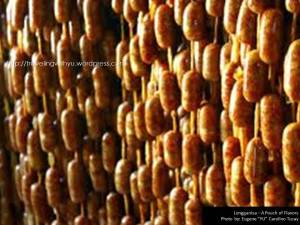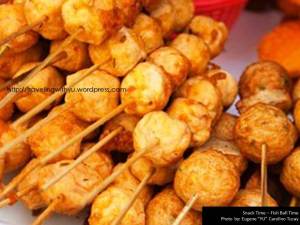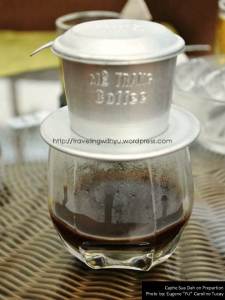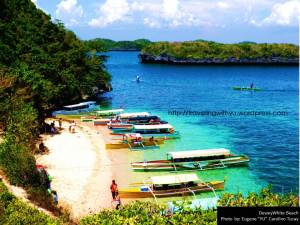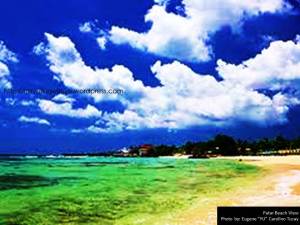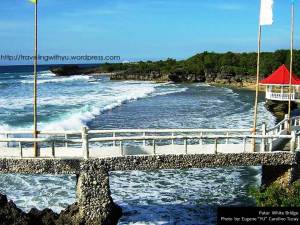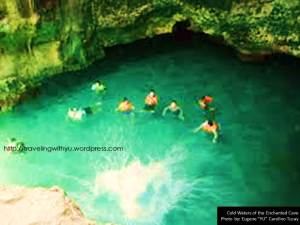To my dear friend Janice, who requested about this amazing place – south part of the Philippines, hope you like the article.
An island splendid of endangered flora and fauna lying as the Jewel of the Philippines which can provide scenic view of a natural wonder; Bohol got a place on the postcards. Boholanos, as a typical for Filipinos, cater hospitality and numbers of delicacies on the table. Like what I’ve written on my soon to be printed coffee table magazine <Kate, it will come your way soon!>, Bohol was just a mere picture that came to life this last summer of 2013. This is one of Philippines natural wonders and picturesque view on my Philippines Postcards List. You can see lots of pictures of this hilly terrain from postcards around Philippines’ local bookstores. I remember as a grade school student, we often discuss about Bohol and its majestic Chocolate Hills in Sibika at Kultura subjects. My teacher discusses Bohol like a paradise composed of plants and endangered species. Let me stop on my school days stories and head on the topic. Bohol is an island located in Kipot ng Cebu or Cebu Strait with a rolling terrain and mountainous interior, mostly covered with limestone, and 10th largest island of the Philippines.
The trip to Tagbilaran airport <Tagbilaran City is Bohol’s capital> is about an hour from Manila. Like any ordinary city in the Philippines, Tagbilaran have good deal of establishments around the area, which we have not really roamed, have malls and dining areas <yey! Food!> too. I’m not a shopper so I do not know if they are as good as the malls you may have went shopping to and like what I’ve written we did not went around Tagbilaran that much. The only place I remember we went to was the historic blood compact statue or Sandugo nested along coast of Barangay Bool wherein their native chieftain Datu Sikatuna and the Spanish conquistador Miguel Lopez de Legaspi, tying their treaty of friendship. Then we drove to see the largest python Prony in Albur or Alburquerque, it was the reputed longest and heaviest python in captivity at the Python Sanctuary. There are some other animals there like owls, birds, and flying lemurs too. If you’re a PETA fan I assume you don’t want to get in here.
It has been 30 minutes past 12 and the tour have a great plan ahead. What else to expect in a trip? Food! Yes, this one of the things you like on your list when you are touring. It’s different, relaxing, and delectable lunch along the Bohol’s infamous LOBOC River. Arriving at the Putol na Tulay area, is where our lunch awaits. Entering the boat docking area, we were serenaded with Boholanos’ Rondalla group or people playing difference string instruments. This is excitingly fun! We stepped on the boat with a buffet table in the middle with main courses, appetizers, and DESSERTS! While the boat cruises the river, a man with a guitar sings for us while eating our lunch. I ordered buko(fresh coconut) juice <let me inform you that this is not included in the package you paid for the whole meal. Only sodas where unlimited and free.> and zipped to it while enjoying the river view. You will see some mountain walls whites which tell you that the area is made out of lime. Along the river there were kids swinging on a tree and jumps to the waters with all pleasures you can hear their laughs and see their smiles.
After passing those kids, we found ourselves in front of a float nipa hut where a group of children and elderlies were dancing and singing folk songs. We stayed there for quite a bit and let the production finish. Then we cruised till the end of the river showing as small falls and it was breath taking. Sadly, it was really short and the captain pulls us back to the dock station.
Our next stop is a PETA friendly environment. The Tarsier Conservatory area located in Bohol is a preservation area that Boholanos provide for the endangered Tarsius Syrichta which got the smallest primate tag in the Philippines which is named by the tarsier man Carlito Pizarras. This is in accordance Republic Act No. 7586 or the National Integrated Protected Areas System (NIPAS) Act of 1991. These endangered species are nocturnal and are sensitive to light and noise. Tarsiers eat insects and are great-fast leaper. The conservatory guides gave us livener and reminder before entering the sanctuary. First, is to turn off all camera flashes. Second, is to keep our noises at a minimum. Third, DO NOT touch the tarsiers <these are sensitive species; they also have separation anxiety which leads them to hitting their heads if you have them fed and carried then leave them. So fragile.>
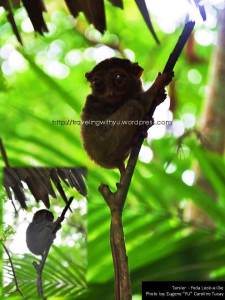
It was a steep walk around the forested area but worth walking after seeing those little Yoda looking creatures. I want to touch them and bring them home unfortunately I cannot. Bringing home of tarsiers will be sanctioned based on Republic Act No. 9147, also known as the Wildlife Resources Conservation and Protection Act.
Last spot in our Bohol tour is Bohol’s main attraction – the grand Chocolate Hills. One of Philippines’ nature wonders. When I was a grade schooler I remember asking my teacher “Can I eat those Chocolate Hills?”. When I turned high school I asked “Are Chocolate Hills planted with cacao tree that’s why it was called as such?”. Then I learned that Chocolate Hills are not of the first two ideas. In reality Chocolate Hills took its name from the grass that grows on it. The hills were covered with grass that were so green on rainy days while turns to brown or chocolate colours on summer. It was so amazing how God have created this picturesque view and its mystery.
To look at the vast of Carmen, Batuan, and Sagbayan’s hilly inland structure you need to climb up the view deck where you can take pictures of it magnificence. There are about 214 steps to the observatory. Yes! It was tiring yet rewarding staircase. Stories were told that these hills came into existence when two giants fought by throwing stones and sands to each other until they get tired and became friends after which then left the island. Another lover’s tale about its existence is the love of a giant Arogo to an ordinary mortal girl Aloya. In the tale Aloya died which Arogo grieved with tears. His tears turned into hills as his lasting proof of his grievance.
After a long tour is a place to rest. Our company lead us to Amorita where we stayed for 2 nights and 3 days. Enjoyed the infinity pool, beach, sea, and barrels of booze. It was indeed a great Rave Party they gave us with the title – One Advent!
You’ve seen the land tour. What else you want to visit in the Philippines but to cruise and tour its vast ocean. Undeniably, Philippines have one of the best marine biodiversity in the world. Till next article.
Like me at www.facebook.com/travelingwithyu and follow my blogsite at http://travelingwithyu.blogspot.com and http://travelingwithyu.wordpress.com or follow me at twitter @travelingwithyu
I love to hear your thoughts. I placed a poll on my blog site of which international country I have travelled you like me to write up. You can vote to which country I will write first.
Thank you and Happy Weekend!
Other links you can visit:

